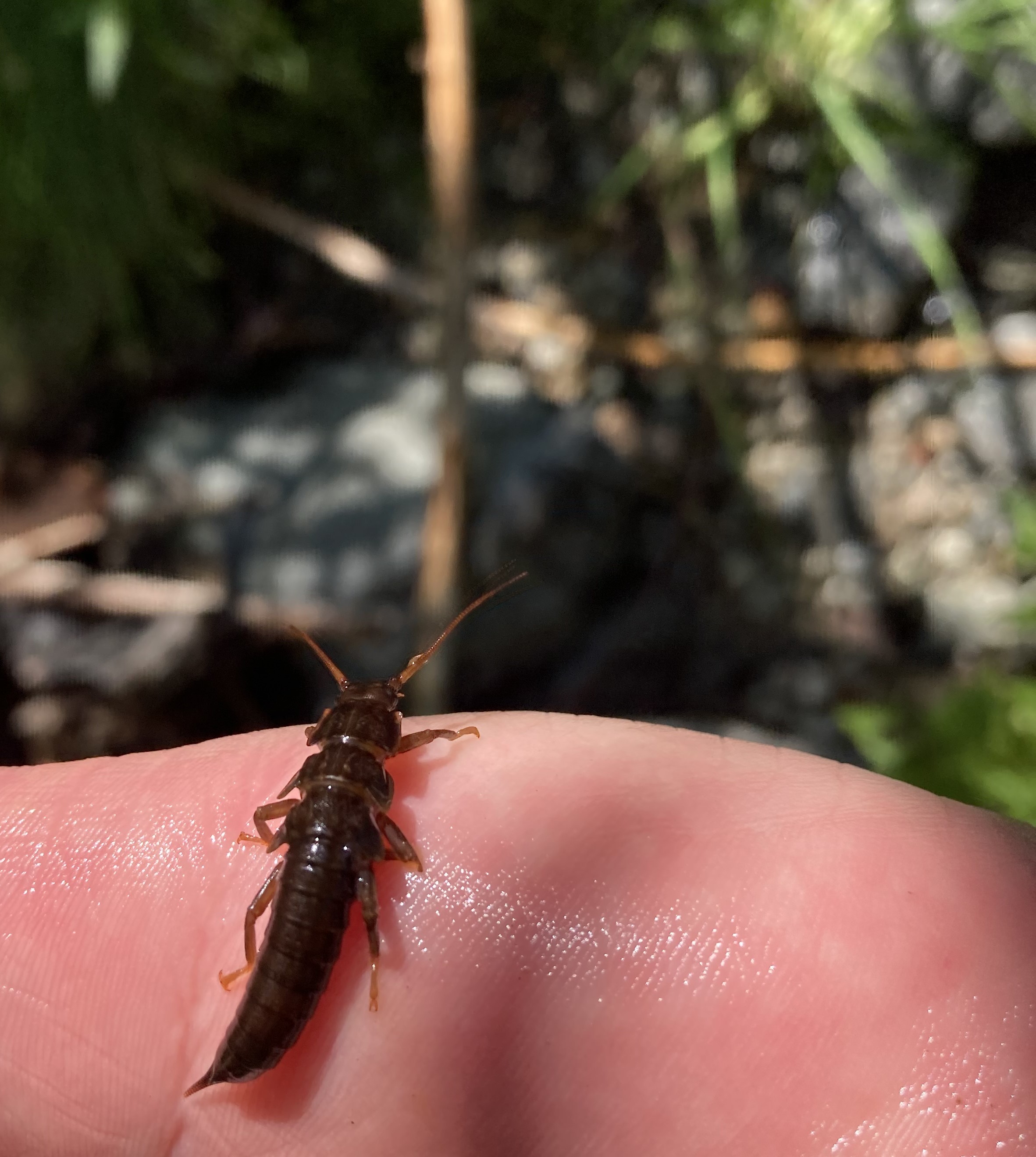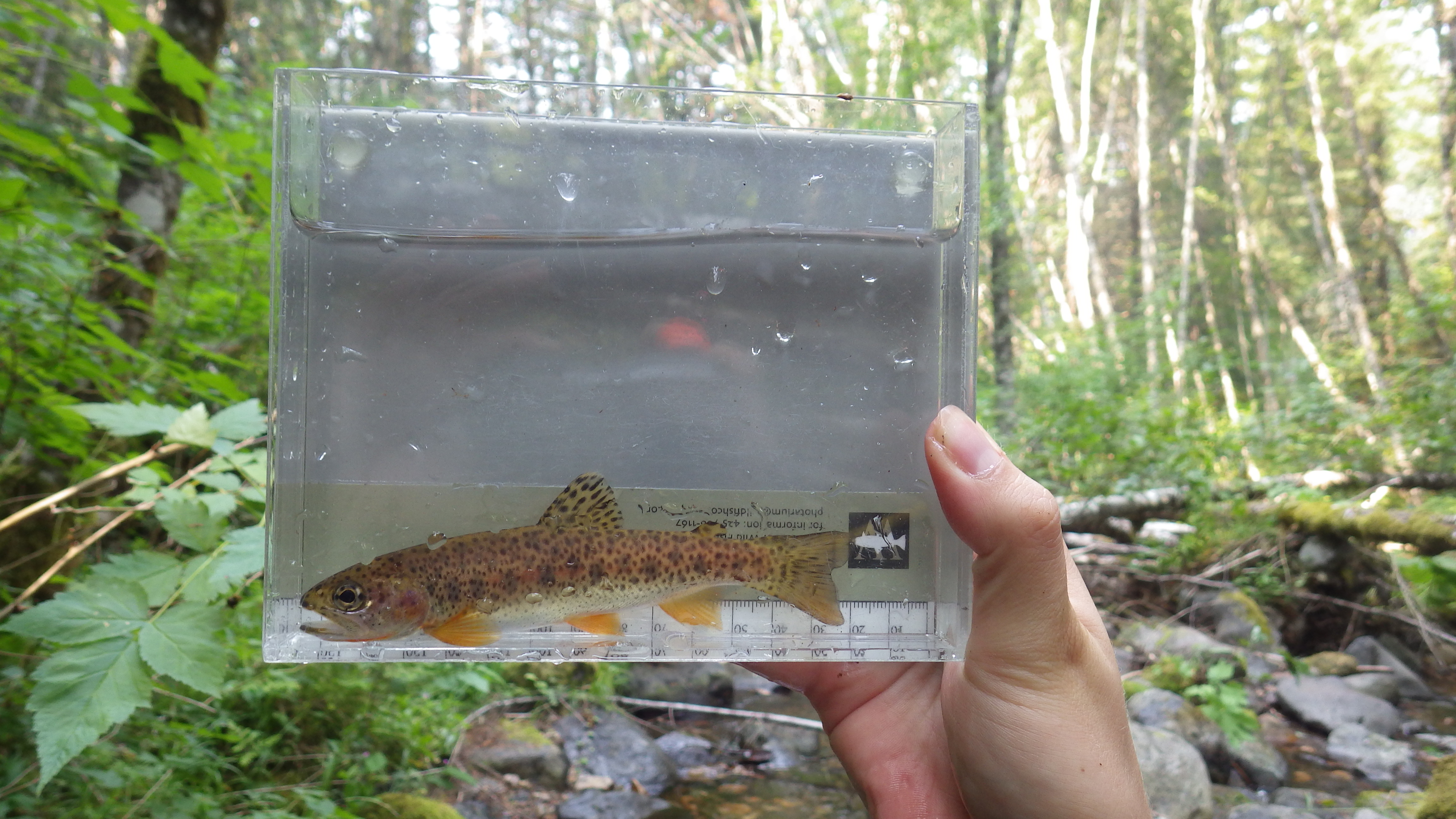Watershed Health Monitoring by region
We survey habitat conditions in rivers and streams across nine Status and Trends Regions. Preliminary regional and statewide data are ready to share with our partners and the public.
Stream health trends by region
Explore our eight study regions to discover what we are learning about health of Washington's river and stream habitats. See text below the map for more study details.

Stonefly (Plecoptera)
Using B-IBI scores to assess biological conditions
B-IBI is an acronym for the Benthic Index of Biotic Integrity, an important scoring system that uses benthic macroinvertebrate samples to assess stream health. These samples are collected at all randomly selected sites throughout the state. Examples of familiar benthic macroinvertebrates are mayflies, stoneflies, and caddisflies, all of which signify good stream health.
A score between 0–100 is given to each stream, based on metrics calculated from the benthic macroinvertebrate sample. The score is binned into three large categories: "good," "fair," and "poor." For each region, B-IBI categories are proportioned by stream length to estimate the overall stream health within the given sample area. A higher percentage of stream length in the "good" category suggests more healthy streams, while a significant percentage of "poor" stream kilometers suggests the streams are in worse condition due to stressors in the environment.
Identifying stressors
We use the term "stressor" to signify a physical or chemical stream attribute that is in poor condition.
- Physical stream attributes that can stress stream health include poor substrate composition; including the size and embeddedness of stream particles like sand, gravel, and boulders a lack of fish cover for shade and hiding places; and strong human influence due to nearby land uses.
- Chemical attributes that can be stressors include water quality measurements that show low dissolved oxygen levels, high pH, or high nitrogen concentrations.
We determine that these physiochemical attributes are in poor condition using thresholds set by our reference sites.
In each regional report, you will see the percentage of poor conditions found in that region for a variety of stressors. This percentage gives an indication of the most common stressors in each region, based on our sampling and reference standards.

Cutthroat trout (Oncorhynchus clarkii)
Related links
Contact information
Edward M. Krynak
Watershed Health Monitoring Lead
edward.krynak@ecy.wa.gov
360-742-1581

